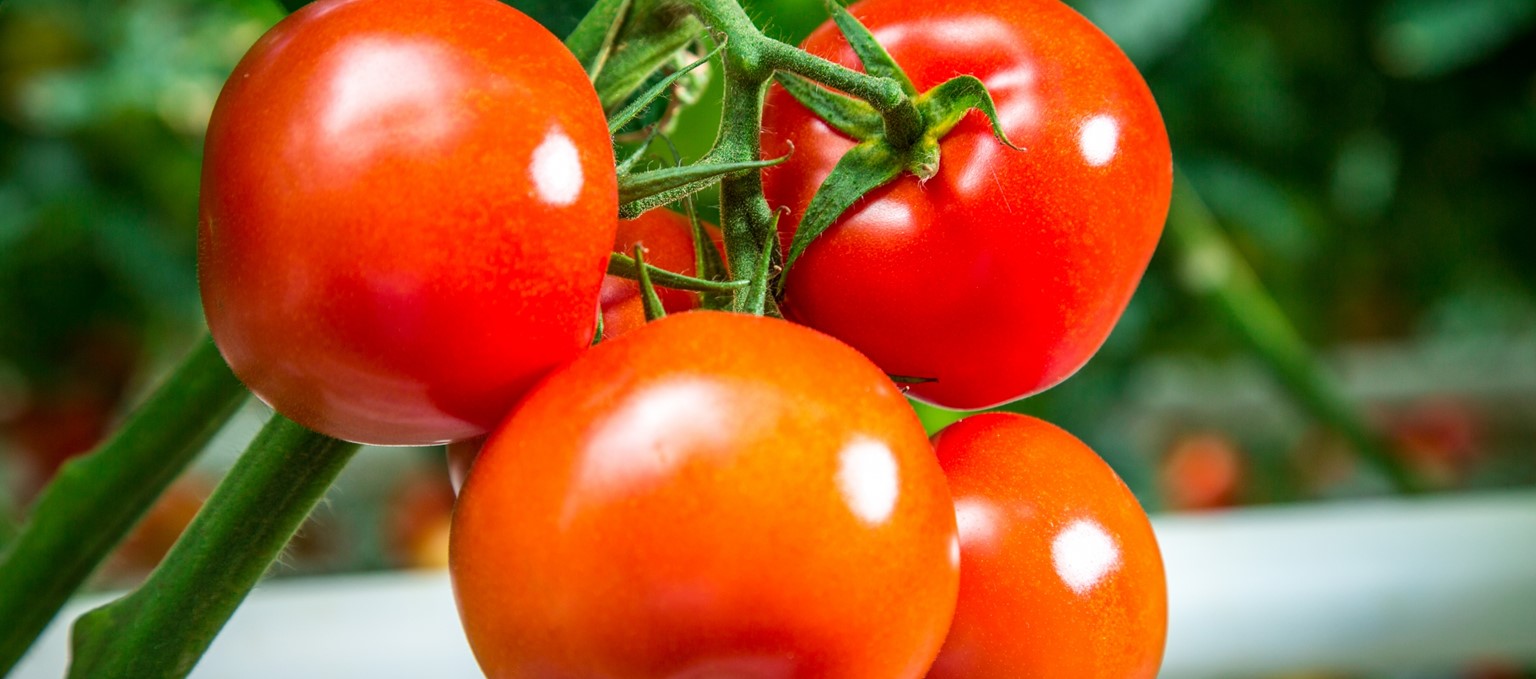
The choice of crop is a crucial factor for the economical feasibility and success of a commercial greenhouse operation. The revenue of cultivated crop is responsible for returning on the investment of the greenhouse and its operational costs. Crop varieties, suitable for greenhouse cultivation, therefore differentiate themselves from open-field varieties.
In greenhouse cultivation, crops are categorized into Vegetables, Flowers, Potted plants, Herbs & Leafy Greens and in Soft Fruits. This categorization is based on the crop characteristics but also on the applied cultivation method.
Tomato is the single most popular crop to be cultivated in greenhouses and comes in numerous varieties. Choices between truss- cocktail- and cherry tomatoes can be made to target niche markets. The same applies for all ornamental crops, where the variety is the result of decades of selective breeding.
Local to Local
Tapping into local market demand is in many cases the easiest way to start off with a greenhouse operation. By producing a crop or crop variety that is not yet available in local supermarket chains, off-take could be ensured when promoted well. Due to minimal transportation costs, the potential is there to be able to compete with imported crops.
Vegetables, flowers and ornamentals grown in a Dutch greenhouse are cultivated in a safe and environmental friendly way. This characteristic is used with great on the global market to differentiate greenhouse-cultivated crops from open field produce. Products with “biologically grown” label have earned a premium place in the supermarkets.
Monoculture or Multiple Crops
Monoculture is the practice of specializing in one specific crop rather than cultivating multiple crops. This very principal has helped the Westland Region to become that what it is today. Growers had made the choice to specialize in one crop, where neighbors chose for a different crop. Monoculture ensured for an increase in production quantity and quality whilst lowering production costs.
The desire, however, to grow multiple crops in one greenhouse is not uncommon. This desire is especially strong for entrepreneurs in greenhouses who want to test the marketplace and do not want to bet on one horse with a crop. Because the handling of ornamentals and vegetables are worlds apart, it is advised to stay within the “vegetable range” or “ornamental range” when considering multiple crops. To benefit of the economies of scale, the number of cultivated crops is to stay as low as possible.